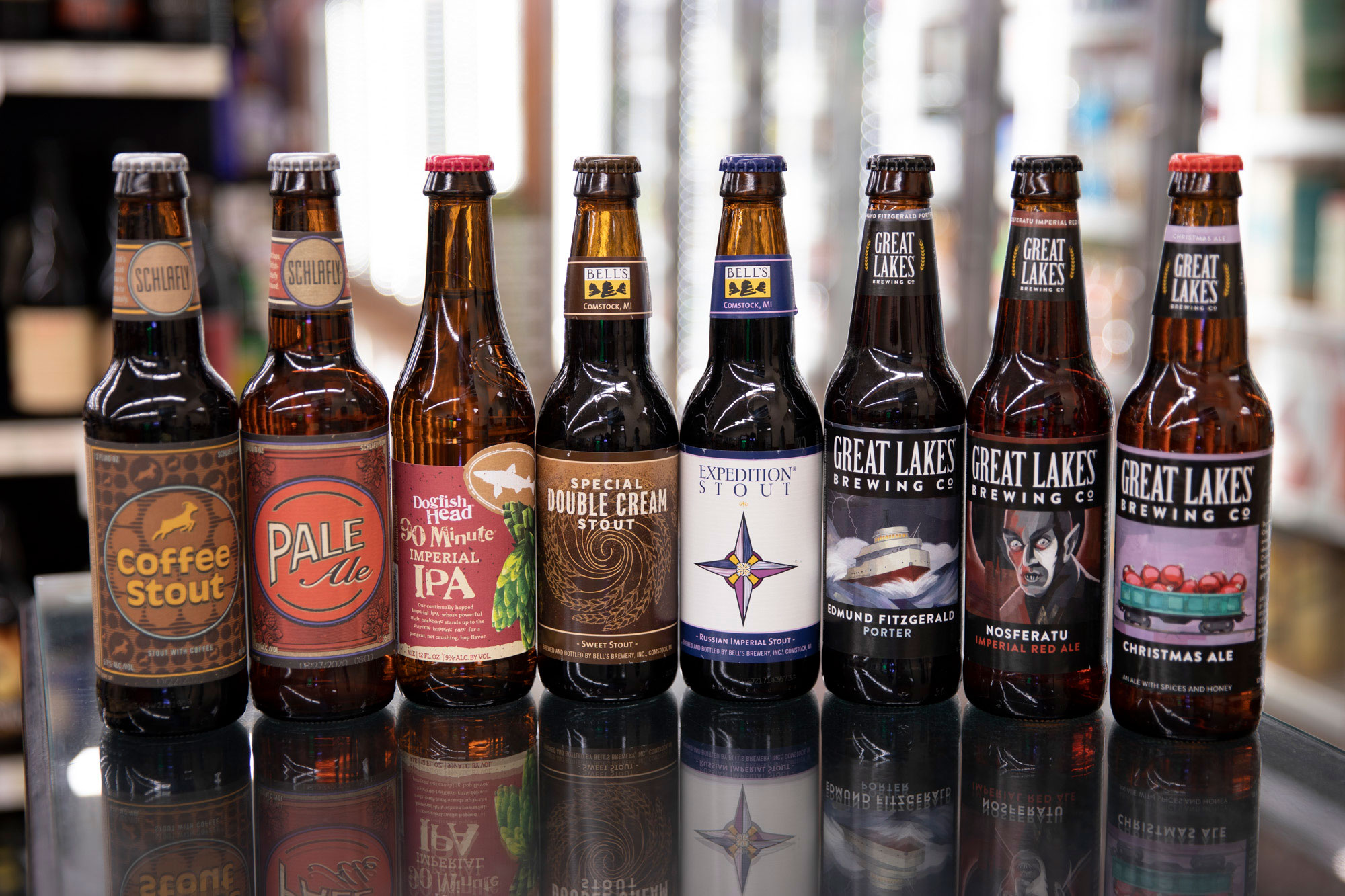Galveston Liquor Shops: Discover Your Favorite Moods and A Lot More
Galveston Liquor Shops: Discover Your Favorite Moods and A Lot More
Blog Article
Mastering the Craft of Purification: a Deep Study Distillery Traditions
Exploring the intricate art of purification unveils a globe steeped in classic customs that have formed the spirits we delight in today. From the old origins of purification methods to the modern advancement of distillery equipment, each action in the process lugs with it a rich tapestry of background and competence. As we explore the delicate equilibrium of traditional versus contemporary distilling practices and discover the significance of crucial ingredients, a much deeper understanding arises of the profound effect distillery traditions have on the spirits we appreciate.
Origins of Distillation Strategies
The growth of purification strategies has an abundant background that traces back to old human beings. The concept of dividing parts based on their various boiling factors laid the structure for the innovative purification procedures we have today.
The earliest proof of distillation dates back to around 3000 BC in Mesopotamia, where clay pots were utilized to distill perfumes and aromatic oils. The Egyptians further progressed these strategies, making use of purification for medical functions and embalming methods. The Greeks, especially numbers like Aristotle and Hippocrates, added to the theoretical understanding of distillation.
Over time, purification infect regions like India, China, and the Middle East, each society including its special touch to the craft. The development of distillation techniques proceeded with the Middle Ages and the Renaissance, eventually bring about the varied range of distillation processes used in contemporary distilleries worldwide.
Development of Distillery Equipment

With innovations in modern technology and a much deeper understanding of the distillation process, modern distilleries currently use a range of sophisticated equipment to generate spirits of the highest possible high quality. Today, distillation tools consists of column stills, reflux stills, and hybrid stills, each designed to deal with certain distillation needs. These modern-day stills use better temperature level guideline, enhanced distillation accuracy, and higher efficiency in dividing alcohol from pollutants.
In enhancement to stills, distilleries currently use innovative condensers, fermenters, and filtering systems to further improve the distillate. The advancement of distillery devices remains to play a vital role in forming the diverse variety of spirits offered in the market today.
Typical Vs. Modern Distilling Practices
Conversely, modern distilling methods take advantage of innovative modern technology and technology to simplify manufacturing procedures and boost uniformity. Automated systems, digital controls, and state-of-the-art equipment enable modern distilleries to produce spirits more successfully and with better accuracy.
While typical distilling techniques are valued for their heritage and the special tastes they create, contemporary methods read this offer advantages in regards to scalability, quality assurance, and sustainability. By including clinical advancements and modern-day engineering, distillers can maximize production, lower waste, and fulfill the needs of today's market better. Inevitably, the selection between conventional and modern distilling methods frequently depends on the distillery's objectives, values, and target audience.
Key Active Ingredients in Distillation Process
Within the craft of purification, the choice of key active ingredients plays a critical function in determining the taste profile and quality of the spirits created. The primary active ingredients utilized in the purification process are generally water, yeast, and a fermentable resource such as grains, fruits, or sugarcane.
Water is an essential part as it not only thins down the alcohol material to a tasty level yet likewise influences the general mouthfeel and appearance of the spirit. The high quality and mineral web content of the water utilized can Related Site dramatically affect the end product.
Yeast is an additional important active ingredient that converts the sugars present in the fermentable resource into alcohol with the procedure of fermentation. Different stress of yeast can generate varying aromas and tastes, adding to the distinct attributes of the spirit.
/cdn.vox-cdn.com/uploads/chorus_image/image/69556938/305221803_513900044071408_5111142127981802908_n.7.jpg)
Impact of Distillery Traditions on Spirits
The impact of longstanding distillery traditions on spirits prolongs beyond the option of essential active ingredients, shaping the very significance and character of the last distilled items (Distillery in Galveston). These customs, gave through generations, play a critical function in specifying the special preference profiles and top qualities that distinguish one spirit from an additional
Distillery traditions incorporate a vast array of practices, from the certain strategies utilized in purification to the choice old procedures employed. The usage of typical copper pot stills in whiskey production is thought to present certain flavors and attributes that are very valued by connoisseurs. The aging of spirits in oak barrels, a practice deeply rooted in distilling customs, contributes to the advancement of intricate fragrances and tastes over time.

Final Thought
To conclude, the traditions of distillation have an abundant background that has developed with time. From the beginnings of distillation techniques to the contemporary techniques, the influence of distillery traditions on spirits is indisputable. By comprehending the vital ingredients in the distillation process and the development of distillery tools, one can value the workmanship and artistry that enters into producing top notch spirits. Distillery practices play a vital role fit the spirits market and protecting the heritage of distillation methods.
Throughout the history of distillation, the equipment used in distilleries has undertaken substantial advancement to boost her response performance and high quality of the distillation process.With advancements in technology and a much deeper understanding of the purification procedure, contemporary distilleries now make use of a selection of innovative devices to produce spirits of the highest top quality. Today, purification devices includes column stills, reflux stills, and crossbreed stills, each created to cater to specific purification requirements. From the origins of distillation strategies to the contemporary practices, the influence of distillery customs on spirits is undeniable. Distillery practices play a crucial function in shaping the spirits sector and preserving the heritage of purification methods.
Report this page